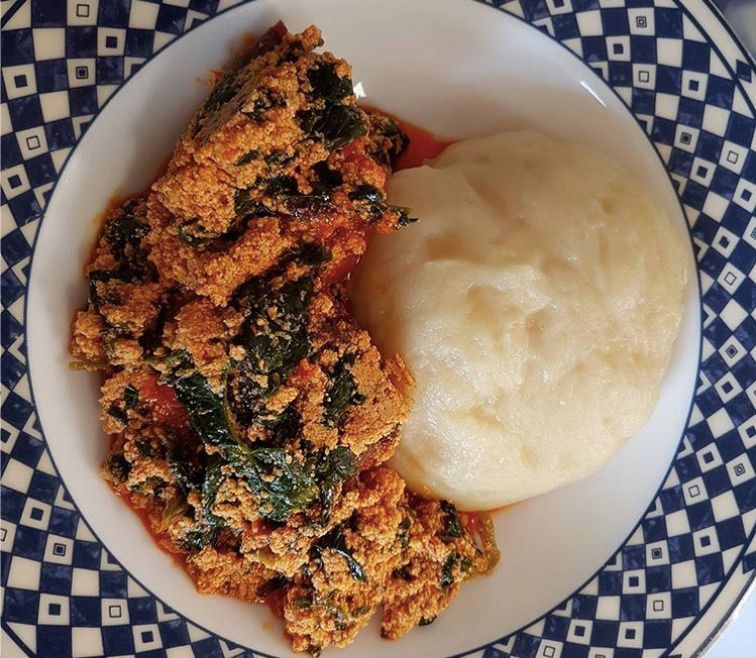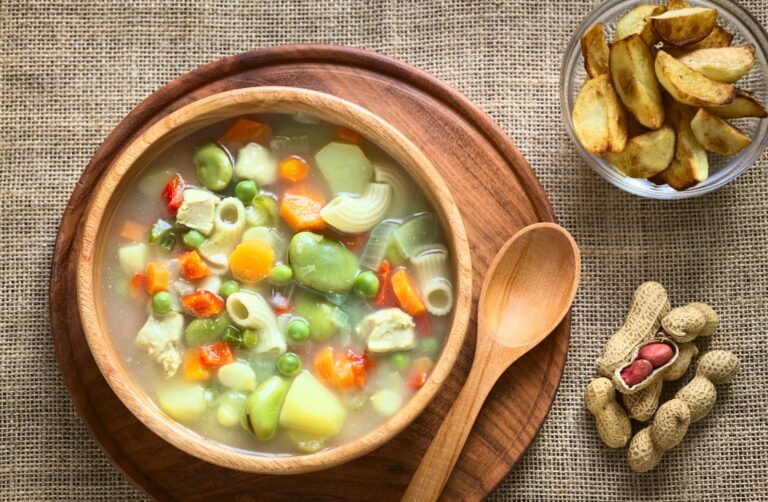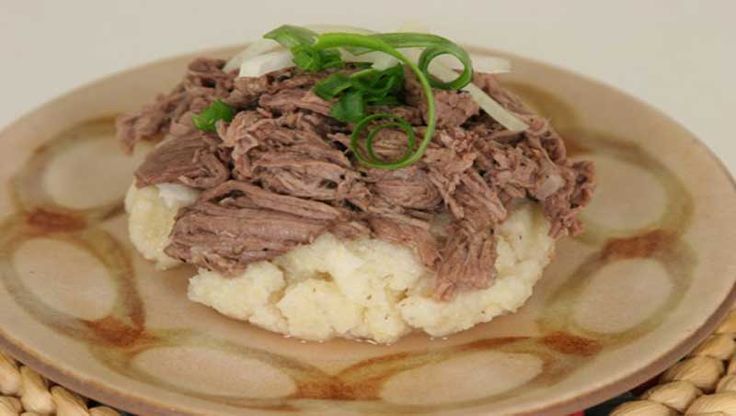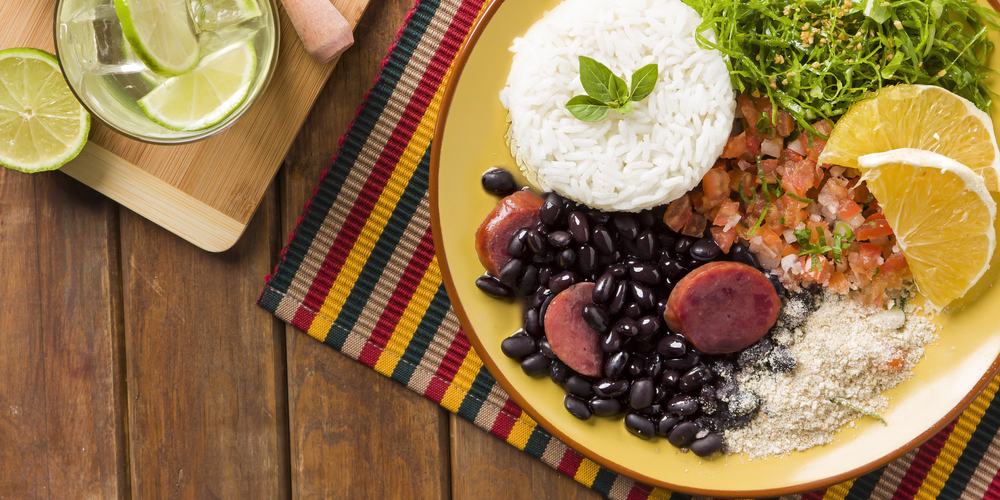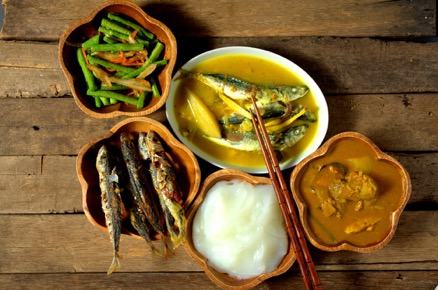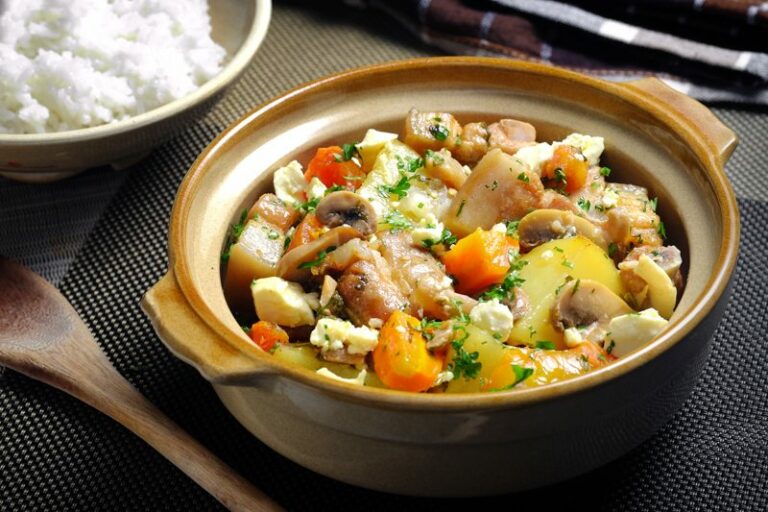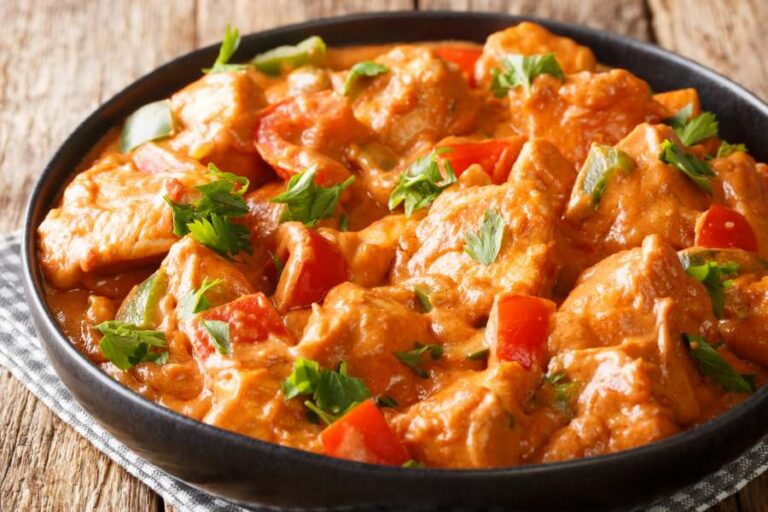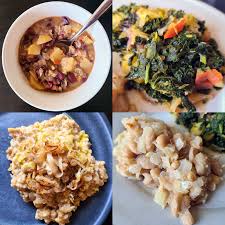Introduction: Benin’s Flavorful Street Food Scene
Benin, a small country in West Africa, is known for its rich culture and vibrant street food scene. From savory snacks to hearty meals, Benin’s street food offers a delicious array of flavors and a window into the country’s unique culinary traditions. The streets of Benin are lined with food vendors selling a variety of snacks and dishes that are popular among locals and tourists alike.
The Famous Pâte
Pâte, a staple dish in Benin, is made from a dough of boiled cassava, cornmeal, or yam flour. This dough is then shaped into small balls and served with various stews and sauces. Pâte is a popular street food in Benin, and vendors can be found selling it all over the country. It is often served with a spicy tomato-based stew or soup made with meat or fish. Pâte is a filling and hearty meal that is perfect for those looking for a quick and satisfying snack.
Mouth-watering Grilled Fish
Grilled fish is a popular street food in Benin, and for good reason. Benin has a long coastline and is home to a variety of fresh fish, which are grilled to perfection by street vendors. The fish is seasoned with a blend of spices and served with a side of pâte or fried plantains. Grilled fish is a healthy and delicious street food that is perfect for seafood lovers.
Fried Plantains: The Ultimate Snack
Fried plantains, known as aloco, are a popular street food in Benin. Plantains are sliced and then fried until crispy and golden brown. They are then served with a spicy tomato-based sauce or stew. Aloco is a popular snack in Benin and is often eaten as a side dish with other street foods.
The Delicious Maize-based Akassa
Akassa, a maize-based dish, is a popular street food in Benin. This dish is made by grinding maize into a fine powder and then mixing it with water to form a dough. The dough is then cooked on a hot griddle and served with a side of sauce or stew. Akassa is a filling and nutritious street food that is perfect for those looking for a hearty meal.
Yovo Doko: The Unique Beninese Omelet
Yovo Doko is a unique Beninese omelet that is popular among locals and tourists alike. This omelet is made with eggs, onions, tomatoes, and a variety of spices. It is often served with a side of bread or pâte. Yovo Doko is a delicious and filling breakfast that is perfect for those looking for a hearty start to their day.
The Tasty Gbofloto
Gbofloto, a deep-fried snack made from a mixture of cassava flour and sugar, is a popular street food in Benin. The dough is shaped into small balls and then deep-fried until crispy and golden brown. Gbofloto is a sweet and crunchy snack that is perfect for those with a sweet tooth.
Wrap up: The Must-Try Street Foods of Benin
Benin’s street food scene offers a delicious array of flavors and a window into the country’s unique culinary traditions. From the famous pâte to the mouth-watering grilled fish, the street foods of Benin are not to be missed. So, if you ever find yourself in Benin, be sure to try these must-try street foods and experience the country’s rich and flavorful cuisine for yourself.

